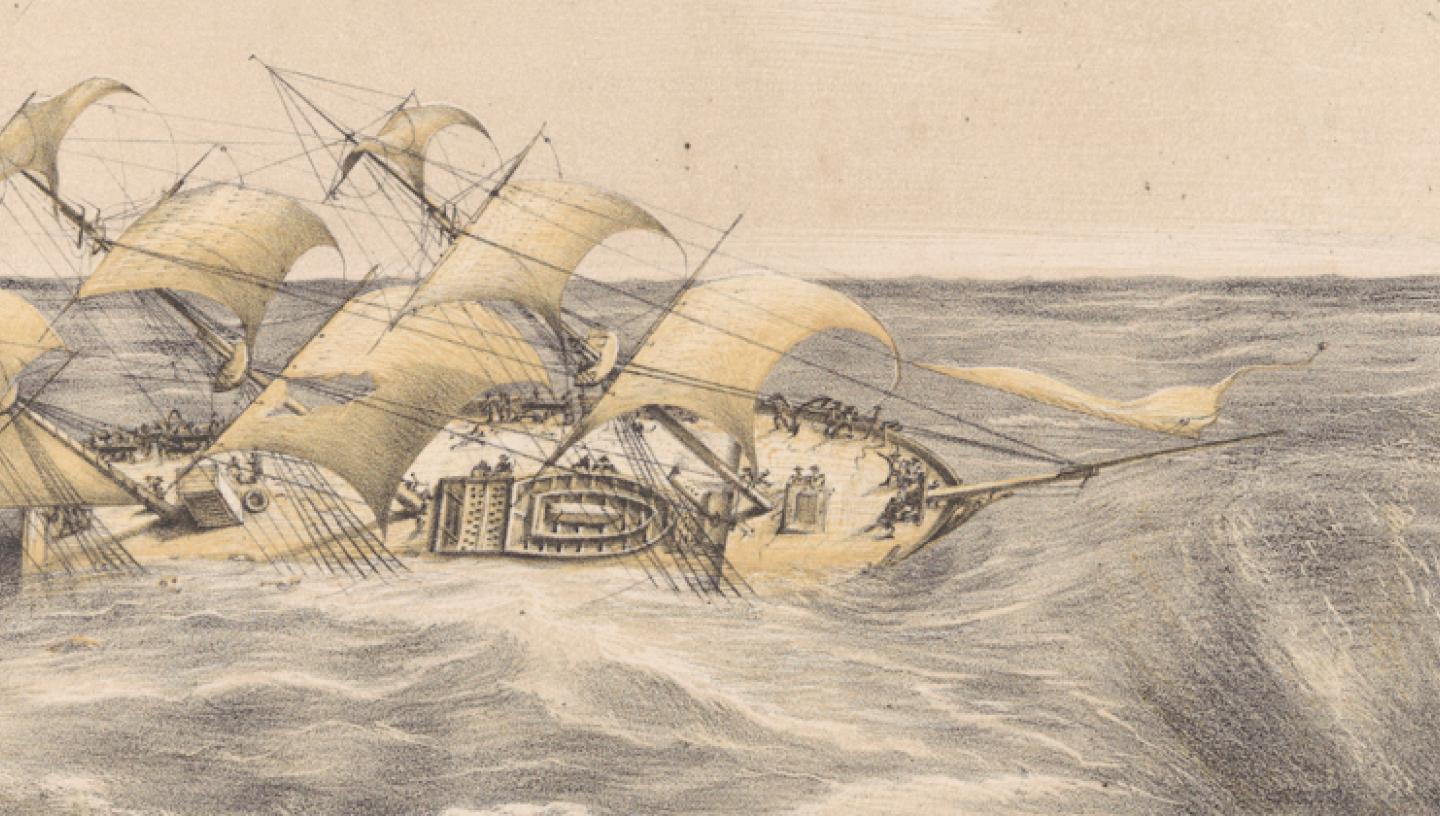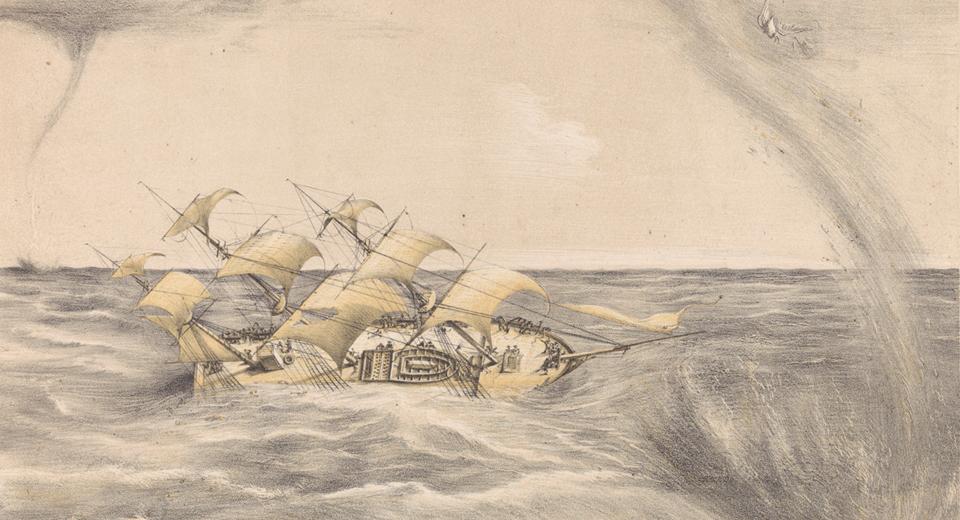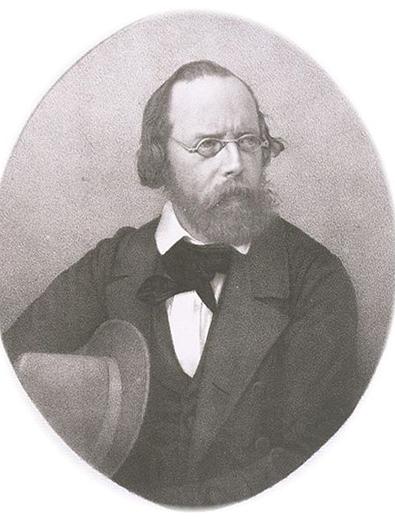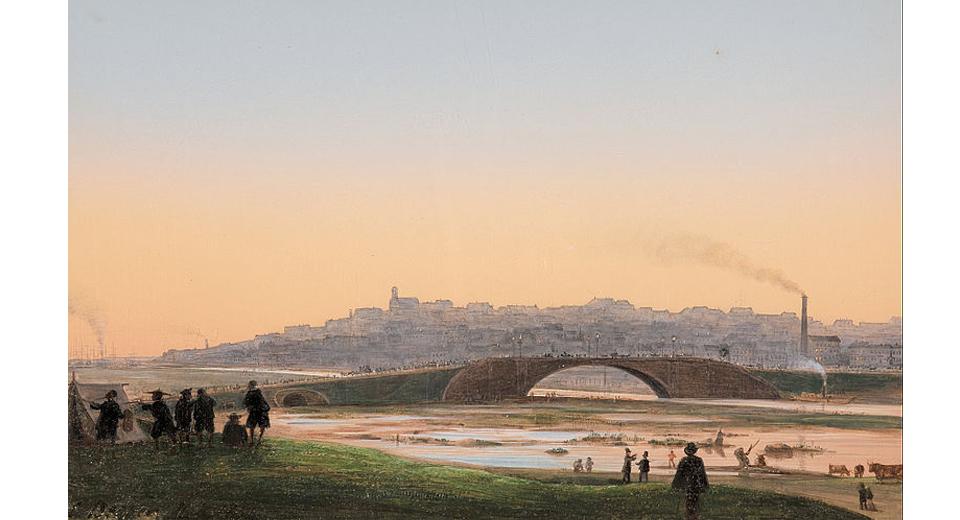
13 May 2016
Our Ship Portrait volunteer, Tom Hopkins, shares the story behind one particulary interesting item in our collection.
For background info on the Ship Portrait project, read the first blog in this series
One unassuming lithograph I came across instantly grabbed my attention straight away for its dramatic scene, but the really exciting thing about it is the extraordinary nature of the artist who made it.
Many of the ship portraits at the museum were drawn or painted by the leading maritime artists of their day – often people who spent much of their lives at sea and were compelled to record the vessels they served on or came across in intricate detail. One print I’ve come across, however, was made by a man for whom the vessel was of only secondary, passing interest.

It shows the sloop HMS Electra caught in a whirlwind while on passage from New Zealand to Australia in November 1856. It is a gripping scene, with the Electra listing heavily and seemingly being dragged into a violently swirling vortex. For the artist, Ludwig Becker, it was this dramatic weather event he was seeking to record, rather than the features of the Electra.
Becker was born in Germany in 1808. After spending some time in England, he settled in Australia in the 1850s – a time when huge swathes of the continent were still unknown to Europeans. Becker was a keen natural historian – with particular interests in meteorology, botany and zoology – and he immersed himself in his new environment. He was amongst the first Europeans to make detailed measurements of Australia’s weather, and as a naturalist he combined scientific enquiry with artistic panache. He produced some stunning watercolours of Australian landscapes and wildlife, and became a leading figure amongst emerging scientific institutions and societies.
Both Becker and the Electra survived the whirlwind, but only a few years later Becker’s life would be taken by the harshness of Australian conditions – this time experienced deep in the arid heart of the continent rather than out at sea. In 1860 Becker was elected as one of five officers to lead on the ill-fated Burke and Wills expedition. Mismanaged from the start, and beset by monsoon rains and supply problems, the expedition was a disaster. On the 29th April 1861, Becker succumbed to the effects of dysentery, scurvy and exhaustion. Six other men would also lose their lives on the expedition, including its two eponymous commanders, Robert O’Hara Burke and William John Wills. Rightly considered a disaster, the expedition – thanks to Becker – did nevertheless greatly improve European understanding of the Australian interior, including dispelling myths about the presence of a vast inland sea.
While some members of the expedition – Burke in particular – seem to have been driven by a desire for glory, Becker seems to have been motivated by genuine scientific interest alone – so it seems a little unfair that his name is not better known. Hopefully this blog will be a small step towards giving Becker more recognition.

